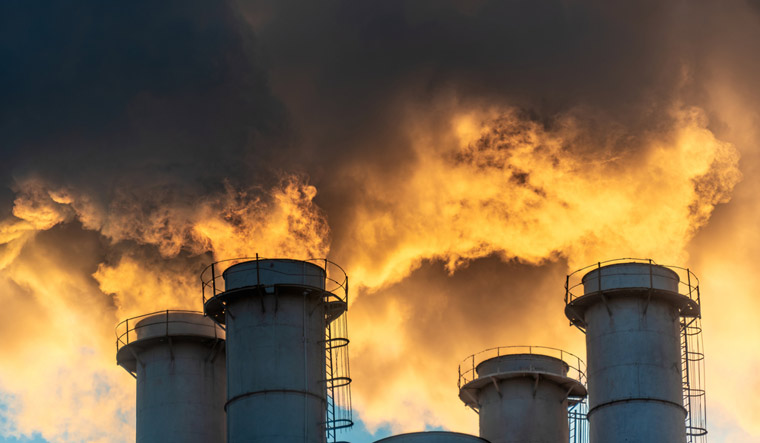New landmark laws that will make Australia’s biggest greenhouse gas polluters reduce their emissions or pay for carbon credits have been created by the Australian Parliament on Thursday.
According to the center-left Labor Party administration, the Safeguard Mechanism reforms are core to Australia reaching its target of reducing its emissions by 43% below 2005 levels by the end of the decade and net-zero emissions by 2050.
The reforms will create a ceiling on the nation’s emissions and force Australia’s 215 most polluting facilities to reduce their emissions by 4.9% a year or reach the target with carbon credits and will take effect on July 1.
The laws are Australia’s first price on carbon since a former Labor government created a carbon tax in 2012. A conservative government repealed that tax in 2014 and has since rejected any climate policies that would make polluters pay.
Read also: Renewable energy stakeholders charged on sector’s opportunities
The bills passed the Senate on Thursday by a vote of 32 to 26, with Labor senators supported by the minor Greens party and unaligned legislators.
The Greens, who represent 11 senators, had started negotiations with Labor with a demand that no new coal and gas extraction projects be allowed. However, the Greens are now satisfied that an agreement to strictly cap emissions would mean that half of the 116 new coal and gas projects proposed in Australia would not go ahead.
The Liberal Party and the Nationals party, which formed the conservative coalition government that was voted out of office in 2022 after almost a decade in power, opposed the legislation.
Opposition climate change and energy spokesperson Ted O’Brien said capping emissions would drive Australian industrial investment offshore to China and India while increasing costs for Australians.
“This is a tax that will see prices go up in the midst of a cost of living crisis where every household across this country is feeling the pain of prices going up,” O’Brien told Parliament, referring to unusually high inflation and interest rates in Australia.
The government argues that without the mechanism, Australia would only reduce its emissions by 35% by the end of the decade.
Story was adapted from AP.
